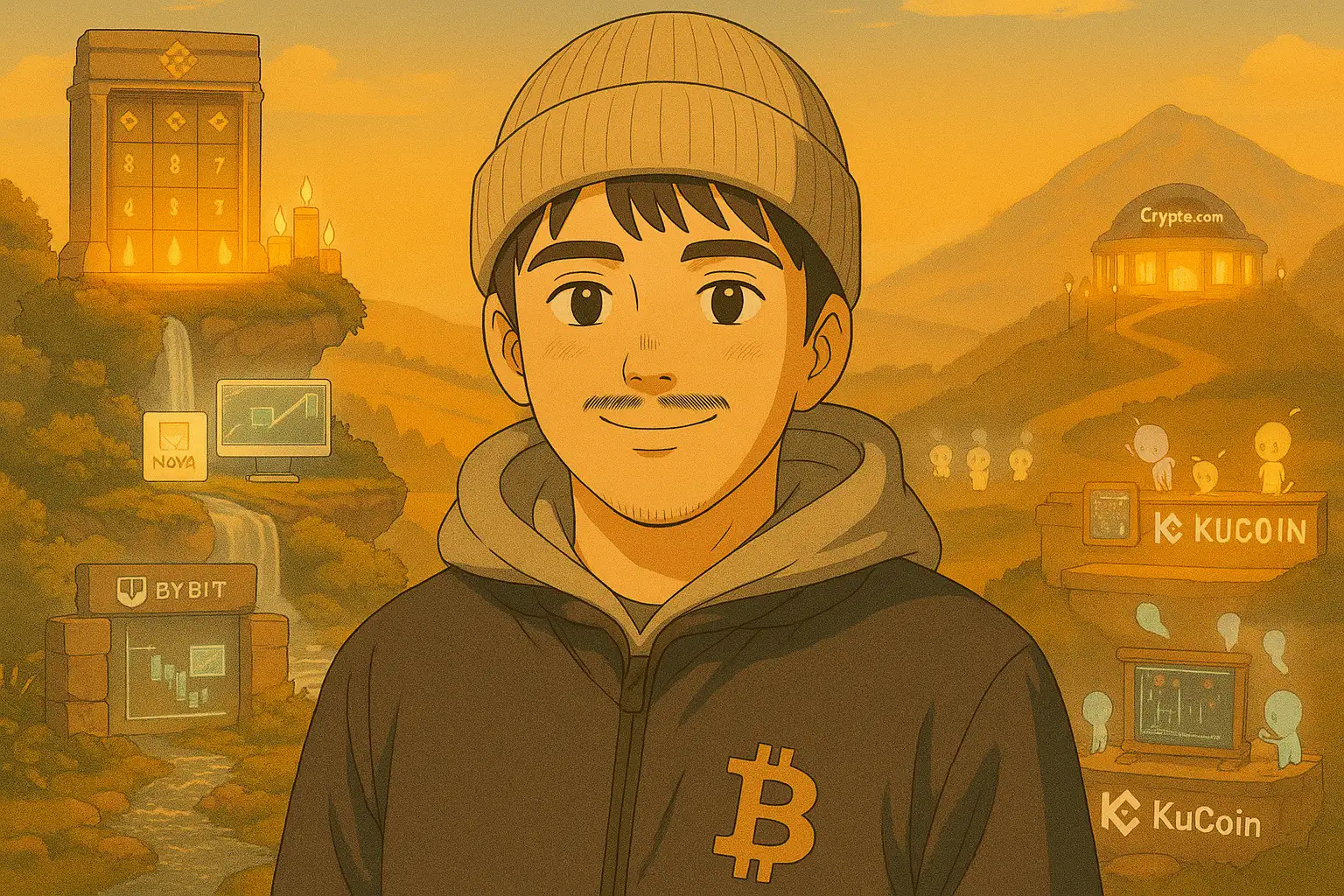
Tariffs are taxes that a country puts on goods coming in from other countries. Imagine you're buying a car made in another country.
If there's a tariff on it, that car might cost more than a locally made one—because the government adds a fee to the imported car's price. Tariffs can help local businesses compete but can also make things more expensive for shoppers.
Tariffs—taxes imposed on imported goods—are among the oldest tools of economic policy, dating back to ancient civilizations. Babylon, Egypt, and Rome all levied duties on goods crossing their borders or ports.
Tariffs initially served as a primary source of revenue for pre-modern states, long before income taxes or sales taxes were institutionalized.
In medieval Europe, city-states like Venice and Genoa imposed tariffs to fund naval defenses and infrastructure. By the time of early modern nation-states, tariffs had become instruments not just of revenue but of economic protectionism—shielding local industries from foreign competition.
The Mercantilist Era (16th–18th centuries) championed high tariffs as a way to accumulate gold and silver through trade surpluses. Colonial powers imposed strict trade regulations, funneling raw materials from colonies while exporting finished goods back to them under heavy tariff protection.
During the Industrial Revolution, Britain initially maintained high tariffs but eventually embraced free trade, especially after the repeal of the Corn Laws in 1846, marking a pivotal moment in trade liberalization. Other countries, however, continued to use tariffs to nurture infant industries, as seen in the economic strategies of the United States and Germany.
The Smoot-Hawley Tariff Act of 1930 in the U.S. represents a historic turning point. Imposed during the Great Depression, it raised U.S. tariffs to record levels, leading to retaliatory tariffs from other nations and a collapse in global trade.
This deepened the economic downturn and is often cited as a cautionary tale of overusing protectionist policies.
In the post-World War II era, international institutions like the General Agreement on Tariffs and Trade (GATT) and its successor, the World Trade Organization (WTO), were established to reduce tariffs and promote free trade.
Global Supply Chain Disruptions: Modern production is global; tariffs can raise costs even for domestic manufacturers who rely on imported components.
In the 21st century, tariffs have returned to the global spotlight. The U.S.–China trade war initiated under the Trump administration saw a surge in tariffs on both sides, sparking debate over their long-term economic effects.
Some argue this shift reflects a broader move toward economic nationalism, as countries seek to reduce dependency on global supply chains post-COVID.
There are a few main reasons:
But Tariffs Can Also Backfire
It depends on how they're used. A temporary tariff might help a new industry grow. But keeping tariffs high for too long can slow economic growth and hurt consumers. Like many things in economics, balance is key.
Worst Cases of Tariffs
1. The American Revolution (1775–1783) – Reaction to British Trade Controls and Tariffs
What happened: One of the main sparks for the American Revolution was Britain’s system of trade restrictions and tariffs under the Navigation Acts. The British Crown heavily taxed and controlled colonial trade to benefit British merchants.
Colonists were required to trade only with Britain and pay duties on imported goods—even everyday items like tea.
Key moment: The Tea Act of 1773, though it lowered the price of British tea, reaffirmed the British right to tax the colonies. This led to the famous Boston Tea Party protest, which then led to the escalation toward war.
Impact: The frustration over tariffs and lack of representation in trade policy helped ignite the rebellion that ended with the birth of the United States.
2. The French Revolution (1789) – Tariffs and Food Prices as a Trigger
What happened: In the lead-up to the French Revolution, internal tariffs within France and external trade barriers restricted the flow of goods, especially food. The grain trade was tightly controlled, and bad harvests caused food shortages.
Key moment: When bread prices skyrocketed, the poor—who made up the majority—grew desperate. Many blamed the monarchy and aristocracy for protecting their privileges through trade controls and high food prices.
Impact: The economic pressure, in part caused by rigid tariff systems and trade inequality, helped push France into a revolution that overthrew the monarchy.
3. The Corn Laws and Reform in Britain (Repealed 1846)
What happened: Britain's Corn Laws were tariffs on imported grain that protected local farmers but kept food prices high for ordinary people. After the Napoleonic Wars, these laws became extremely unpopular, especially among the working and urban middle classes.
Key moment: The Irish Potato Famine (1845–1852) exposed the cruelty of these trade policies. As famine spread, food imports were restricted by the Corn Laws.
Impact: Widespread outrage led to the repeal of the Corn Laws in 1846, a major political shift that weakened the landowning elite (Tories) and marked a step toward more democratic reforms in Britain.
4. The 1930s – Smoot-Hawley Tariff and Political Fallout Worldwide
What happened: The U.S. passed the Smoot-Hawley Tariff Act in 1930, drastically raising tariffs on thousands of imports in an attempt to protect American jobs during the Great Depression.
Key moment: Other countries retaliated with their own tariffs, trade collapsed, and the global depression deepened.
Impact: The resulting economic pain helped fuel the rise of extremist political movements, especially in Germany, where economic despair contributed to the fall of the Weimar Republic and the rise of Adolf Hitler and the Nazi regime in 1933.
5. China’s “Century of Humiliation” (19th Century) – Tariffs Imposed by Western Powers
What happened: After losing the Opium Wars (1839–42, 1856–60), China was forced by Western powers to sign unequal treaties, including opening ports to foreign trade and giving up control over tariff.
Key moment: By 1858, foreign-controlled tariff rates were fixed at low levels, undermining China’s economy and sovereignty.
Impact: The inability to protect its markets and generate revenue through tariffs weakened the Qing Dynasty and fueled internal rebellions (like the Taiping Rebellion). It marked the beginning of a long period of instability that eventually led to the fall of the Qing Empire in 1912.
On-Chain Media articles are for educational purposes only. We strive to provide accurate and timely information. This information should not be construed as financial advice or an endorsement of any particular cryptocurrency, project, or service. The cryptocurrency market is highly volatile and unpredictable.Before making any investment decisions, you are strongly encouraged to conduct your own independent research and due diligence
Tags :

0 Comments
Show More

Circle USDC, led by Nima Elmi, holds early talks with the Nigeria's Ad Hoc Committee on Cryptocurrency.

Volatility drives trader behavior. See how major exchanges use targeted competitions to channel market chaos into structured trading volume.

Backed by NVIDIA and a16z, ByteNova is unlocking the full potential of Web3 and Edge AI
On-Chain Media is an independent, reader-funded crypto media platform. Kindly consider supporting us with a donation.
bc1qp0a8vw82cs508agere759ant6xqhcfgcjpyghk
0x18d7C63AAD2679CFb0cfE1d104B7f6Ed00A3A050
CBaXXVX7bdAouqg3PciE4HjUXAhsrnFBHQ2dLcNz5hrM
Contains the last 12 releases